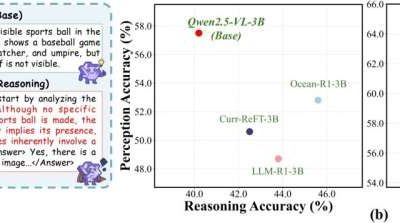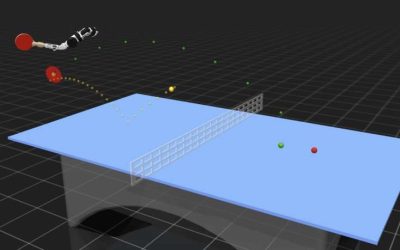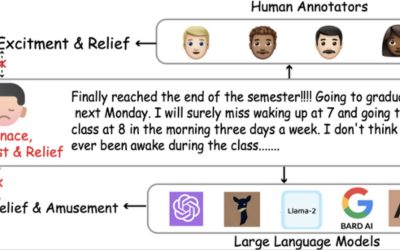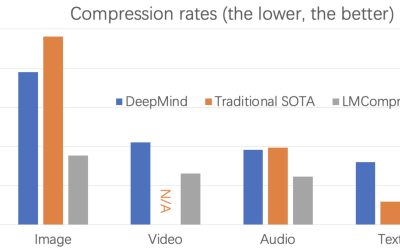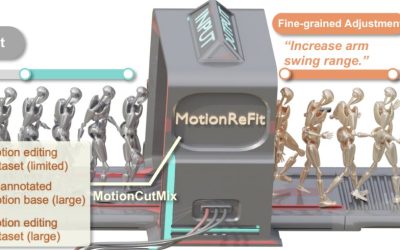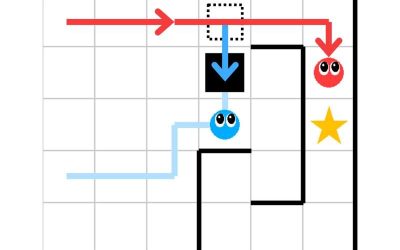Organizing data in a specific order, also known as sorting, is a central computing operation performed by a wide range of systems. Conventional hardware systems rely on separate components to store and sort data, which limits their speed and energy efficiency.
Computer Sciences
NVIDIA’s new AI tool enables precise editing of 3D scenes and photorealistic images
Over the past years, computer scientists have introduced increasingly sophisticated generative AI models that can produce personalized content following specific inputs or instructions. While image generation models are now widely used, many of them are unpredictable...
Multimodal LLMs and the human brain create object representations in similar ways, study finds
A better understanding of how the human brain represents objects that exist in nature, such as rocks, plants, animals, and so on, could have interesting implications for research in various fields, including psychology, neuroscience and computer science. Specifically,...
Benchmarking hallucinations: New metric tracks where multimodal reasoning models go wrong
Over the past decades, computer scientists have introduced increasingly sophisticated machine learning-based models, which can perform remarkably well on various tasks. These include multimodal large language models (MLLMs), systems that can process and generate...
Robotic table tennis system predicts ball trajectory and adapts swing in real time
Over the past decades, roboticists have introduced various systems that can replicate specific human motions and behaviors with remarkable accuracy. Some of these robots can even compete with other robots or humans in specific sports, such as the robots showcased at...
Third-party data annotators often fail to accurately read the emotions of others, study finds
Machine learning algorithms and large language models (LLMs), such as the model underpinning the functioning of the platform ChatGPT, have proved to be effective in tackling a wide range of tasks. These models are trained on various types of data (e.g., texts, images,...
Algorithm based on LLMs doubles lossless data compression rates
People store large quantities of data in their electronic devices and transfer some of this data to others, whether for professional or personal reasons. Data compression methods are thus of the utmost importance, as they can boost the efficiency of devices and...
New model can generate audio and music tracks from diverse data inputs
In recent years, computer scientists have created various highly performing machine learning tools to generate texts, images, videos, songs and other content. Most of these computational models are designed to create content based on text-based instructions provided...
Dynamic model can generate realistic human motions and edit existing ones
When exploring their surroundings, communicating with others and expressing themselves, humans can perform a wide range of body motions. The ability to realistically replicate these motions, applying them to human and humanoid characters, could be highly valuable for...
Psychology-based tasks assess multi-modal LLM visual cognition limits
Over the past decades, computer scientists have created increasingly advanced artificial intelligence (AI) models, some of which can perform similarly to humans on specific tasks. The extent to which these models truly "think" and analyze information like humans,...




